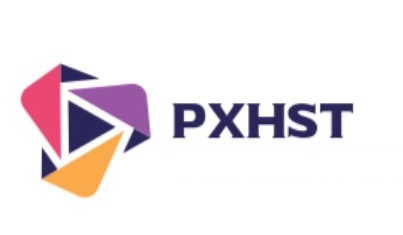Introduction
In today’s rapidly evolving digital landscape, cloud application development has emerged as a pivotal approach for creating scalable, flexible, and efficient software solutions. By leveraging the power of cloud computing, developers can build applications that are not only robust but also capable of meeting dynamic business needs. However, to truly harness the benefits of cloud application development, it is crucial to adhere to best practices that ensure quality, security, and cost-effectiveness.
This article delves into the best practices for cloud application development, offering insights and actionable strategies. Whether you’re a seasoned developer or new to the cloud, these guidelines will help you create high-performing cloud-based applications.
Best Practices for Cloud Application Development
1. Adopt a Cloud-Native Architecture
Cloud-native architecture focuses on building applications that fully utilize cloud services and capabilities. This approach includes:
- Microservices: Developing applications as a collection of small, independent services that can run and scale independently.
- Containerization: Using containers to package and deploy applications, ensuring consistency across different environments.
- Serverless Computing: Leveraging serverless platforms to run applications without managing underlying infrastructure.
- API-First Design: Designing APIs as the primary interaction method for application components.
2. Ensure Security and Compliance
Security is paramount in cloud application development. Implementing robust security measures not only protects data but also ensures compliance with regulatory standards. Key practices include:
- Data Encryption: Encrypting data both at rest and in transit to prevent unauthorized access.
- Authentication and Authorization: Implementing strong authentication mechanisms and access controls to safeguard sensitive data.
- Regular Audits: Conducting security audits regularly to identify and resolve vulnerabilities.
- Compliance: Adhering to industry regulations and standards such as GDPR, HIPAA, and SOC 2.
3. Optimize for Performance and Scalability
High performance and scalability are critical for cloud applications to handle varying workloads and user demands effectively. Best practices include:
- Auto-Scaling: Enabling auto-scaling to automatically adjust resources based on demand.
- Load Balancing: Distributing traffic across multiple servers to enhance performance and ensure high availability.
- Performance Monitoring: Continuously monitoring application performance to identify and address bottlenecks.
- Efficient Resource Management: Optimizing resource usage to minimize costs and enhance efficiency.
4. Practice Continuous Integration and Continuous Deployment (CI/CD)
CI/CD practices streamline the development and deployment process, enabling faster releases and higher quality code. Key aspects include:
- Automated Testing: Implementing automated tests to validate code changes before deployment.
- Release Automation: Automating the release process to ensure consistent and error-free deployments.
- Version Control: Using version control systems to manage and track code changes efficiently.
- Feedback Loops: Establishing feedback loops to quickly address issues and improve the application.
5. Implement Robust Monitoring and Logging
Effective monitoring and logging are essential for maintaining cloud application health and performance. Practices include:
- Centralized Logging: Aggregating logs from various sources into a centralized system for easier analysis.
- Real-Time Monitoring: Implementing real-time monitoring tools to detect and respond to issues promptly.
- Alerting Mechanisms: Setting up alerts to notify the team of critical issues or anomalies.
- Root Cause Analysis: Conducting thorough root cause analysis to prevent recurring issues.
6. Focus on Cost Management
Managing costs effectively is crucial to prevent overspending in cloud environments. Best practices include:
- Resource Tagging: Tagging resources to track usage and costs accurately.
- Cost Optimization Tools: Utilizing cloud provider tools for cost analysis and optimization.
- Right-Sizing Resources: Regularly reviewing and adjusting resource allocations to match actual usage.
- Budgeting and Forecasting: Setting budgets and forecasting future costs to maintain financial control.
Comparison Table: Key Cloud Providers
| Provider | Strengths | Weaknesses |
|---|---|---|
| Amazon Web Services (AWS) | Wide range of services, mature ecosystem, scalability | Complex pricing, steep learning curve |
| Microsoft Azure | Strong integration with Microsoft products, enterprise-friendly | Occasional service outages, complex interface |
| Google Cloud Platform (GCP) | Superior data analytics, AI/ML capabilities | Fewer global regions, complex pricing |
Conclusion
Adopting best practices for cloud application development is essential for building secure, scalable, and high-performing applications. By focusing on cloud-native architecture, ensuring robust security, optimizing performance and scalability, and implementing effective cost management strategies, developers can create cutting-edge applications that meet today’s business demands.
As the cloud computing landscape continues to evolve, staying updated with the latest trends and best practices will empower developers to harness the full potential of cloud technologies.

